36 Days of Type: Indian Laws That Shaped Our Lives
For #36DaysOfType, The Swaddle's Denise D'Souza illustrated the A-Z of Indian laws that have impacted Indians in unforeseen ways.
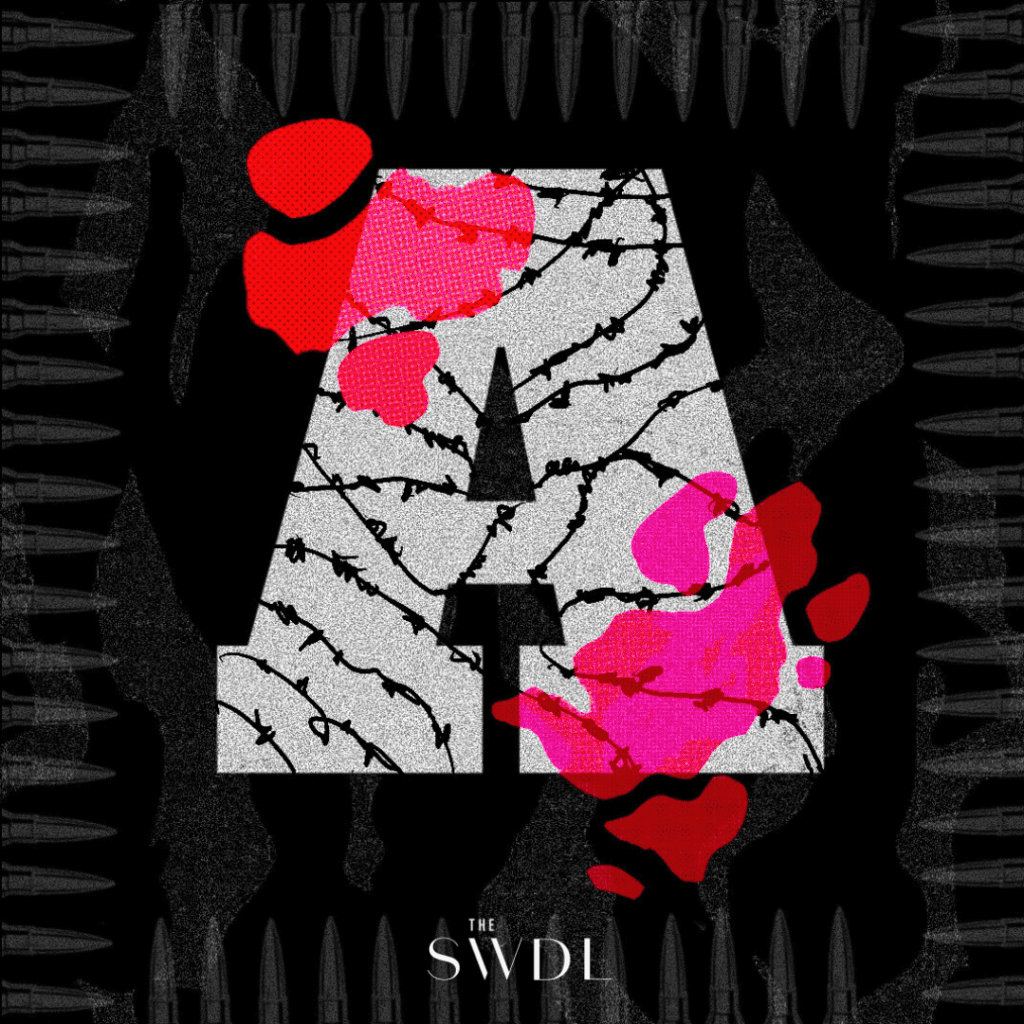
The Armed Forces Special Powers Act of 1958 (AFSPA) grants the military the ability to maintain public order in ‘disturbed areas,' through wide powers of arrest, the right to shoot to kill, and to occupy or destroy property of counterinsurgency operations. The latter portion of this law has enabled more than 50 years of occupation in the north-east regions of India, particularly in Manipur and Nagaland. But an underreported aspect of the law has been its frequent and disproportionate use in oppressing and sexually exploiting women with impunity. It was under the AFSPA that the 1991 Kunan-Poshpora mass rapes in Kashmir happened, and on July 11, 2004, Thangjam Manorama, a young Manipuri girl, was raped and killed by an Indian paramilitary unit stationed locally. Five days later, twelve women protested naked under a banner that said ‘Indian Army Rape Us.' The naked Meira Paibi protests are another form of civil disobedience—women marched with lit torches at night and seek justice over the Army's human rights violations under AFSPA. While the central government has scaled down the AFSPA, especially in recent years, it is still enforced— receiving continuous criticism both abroad and at home.
Bonded labour starts with a debt that's too high to pay off — and the payment is thus demanded in the form of labour. It's a system that keeps marginalized poor debtors in a cycle of unpaid labour. Though illegal through the 1976 Bonded Labour System (Abolition) Act, bonded labor is a bailable offense with a potential one-year imprisonment sentence. The fine for the offense stands at Rs. 2000 – a sum that experts have said is too low considering a large number of offenders are wealthy and influential. Moreover, they tend to hire workers primarily from backward and scheduled castes. The most prevalent system is debt bondage, where poor and resourceless individuals take credit from local landlords and factory owners. Still, with no minimum imprisonment term, guilty parties are only given “imprisonment till the rising of the court”—typically 5-5:30pm of the day the order is passed. This Act hasn't been amended since its creation in 1976, and the government maintains that the MGNREGA employment guarantee scheme has ended bonded labor. This leads to the continued mistreatment of those in caste-based and bonded occupations, particularly in manual scavenging and forced prostitution.
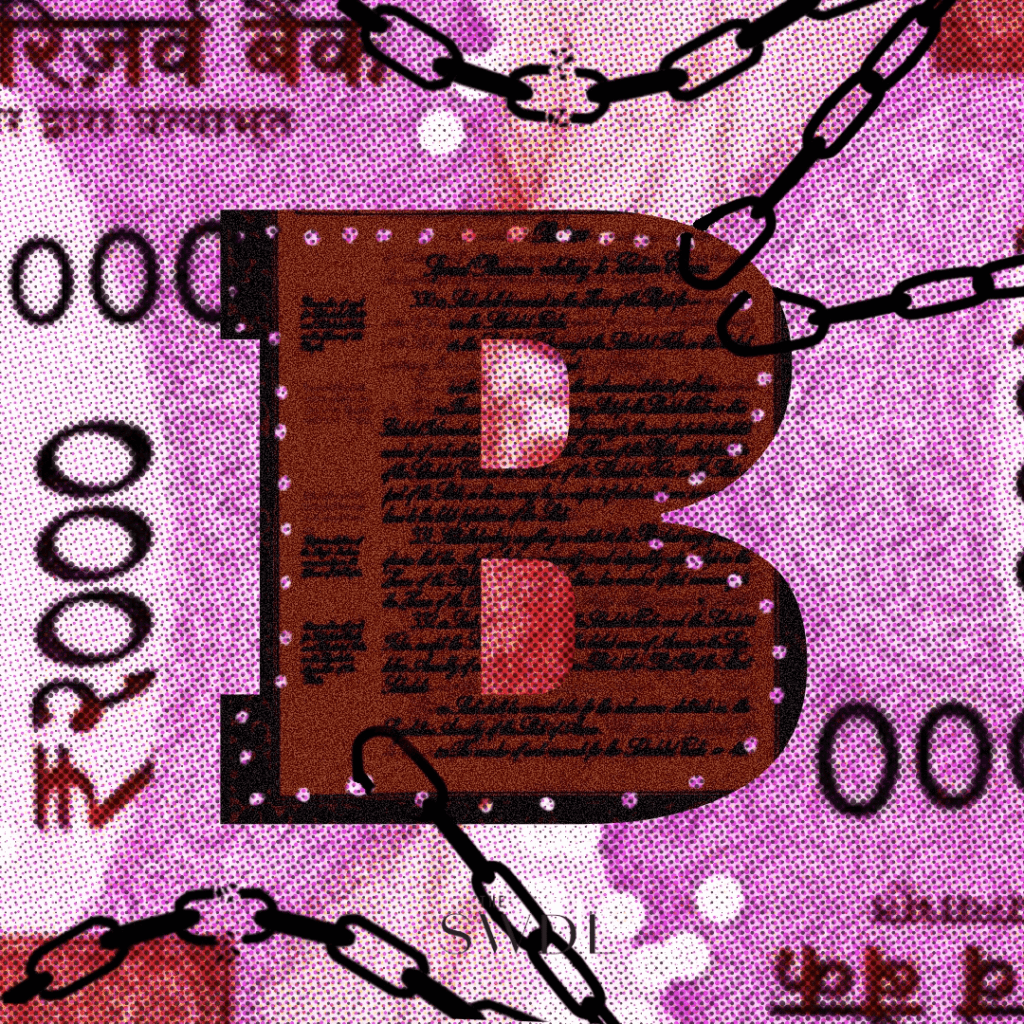
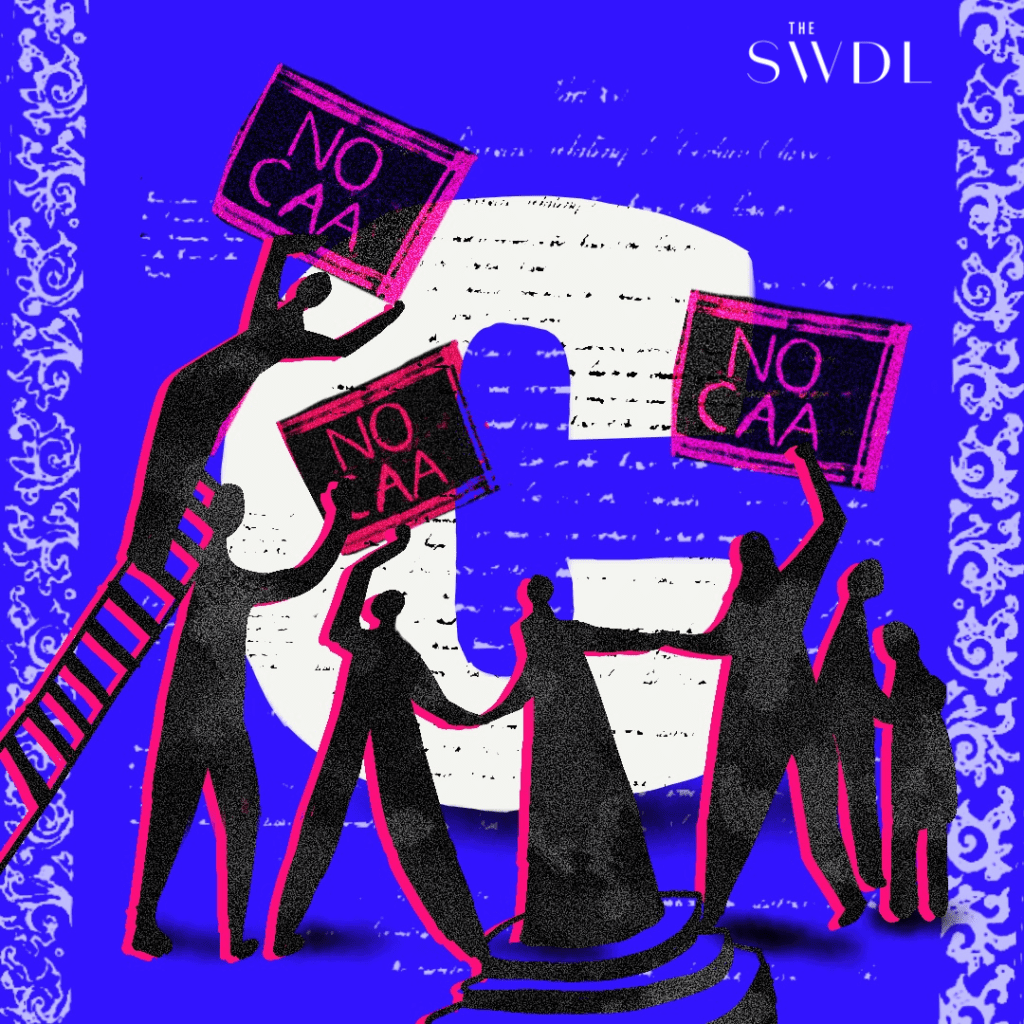
In 2019, the scope of what it meant to be ‘Indian' was modified through the Citizenship Amendment Act (CAA), which introduced a citizenship process for religious minorities (i.e. Hindus, Sikhs, Buddhists, Jains, Parsis, and Christians) from Afghanistan, Pakistan, and Bangladesh — but it doesn't grant eligibility to Muslims. The original 1995 Act detailed the conditions for citizenship, as well as the process for naturalization and renunciation, regardless of religion. Legal scholars have pointed out that the amended Act violates the principles of secularism, equality, and justice enumerated in the Constitution In 2019, large-scale protests erupted around the country in response to the initial amendment proposal. It also received significant criticism from human rights groups both within the country and internationally, as they called into question India's commitment to UN principles and its own democratic principles. Three years on, this law is yet to be properly implemented as the rules under the CAA have not been finalized—although a period of six months is granted to frame the rules of any piece of legislation, according to the Manual on Parliamentary Work, the Covid-19 pandemic caused extensive delays in the timelines. The original proposers of the CAA, the Home Ministry, have been granted an extension until June 30th 2023, before they must present it to Parliament.
Since 2019, the government has been steadily reducing the budget allocated to its disability programs under the Rights of Persons with Disabilities Act of 2016 (RPWD). The RPWD defines a PWD as “an individual having a minimum of 40% bodily impairment,” split into three categories: congenital, accidental, and mental, yet it falls short in several ways. First, due to the lack of a universal definition of ‘disability', the needs of PWD are as varied as the people themselves, which the law doesn't accommodate fully. Second, the lack of specificity in the language of the Act prevents people from accessing care on a case-by-case basis, according to their disability. Third, in professional and public spaces, PWD face disability-based discrimination — but there is a dearth of support for adults with disabilities, especially in work environments. In March 2023, the Delhi HC stated that it was mandatory for insurance companies to offer policies for persons with disabilities, adding that, “It is the settled position in the law that the Right to Life includes the right to health and healthcare is an integral part of the same.” Disability activists have noted that the reality of implementation runs counter to the law.
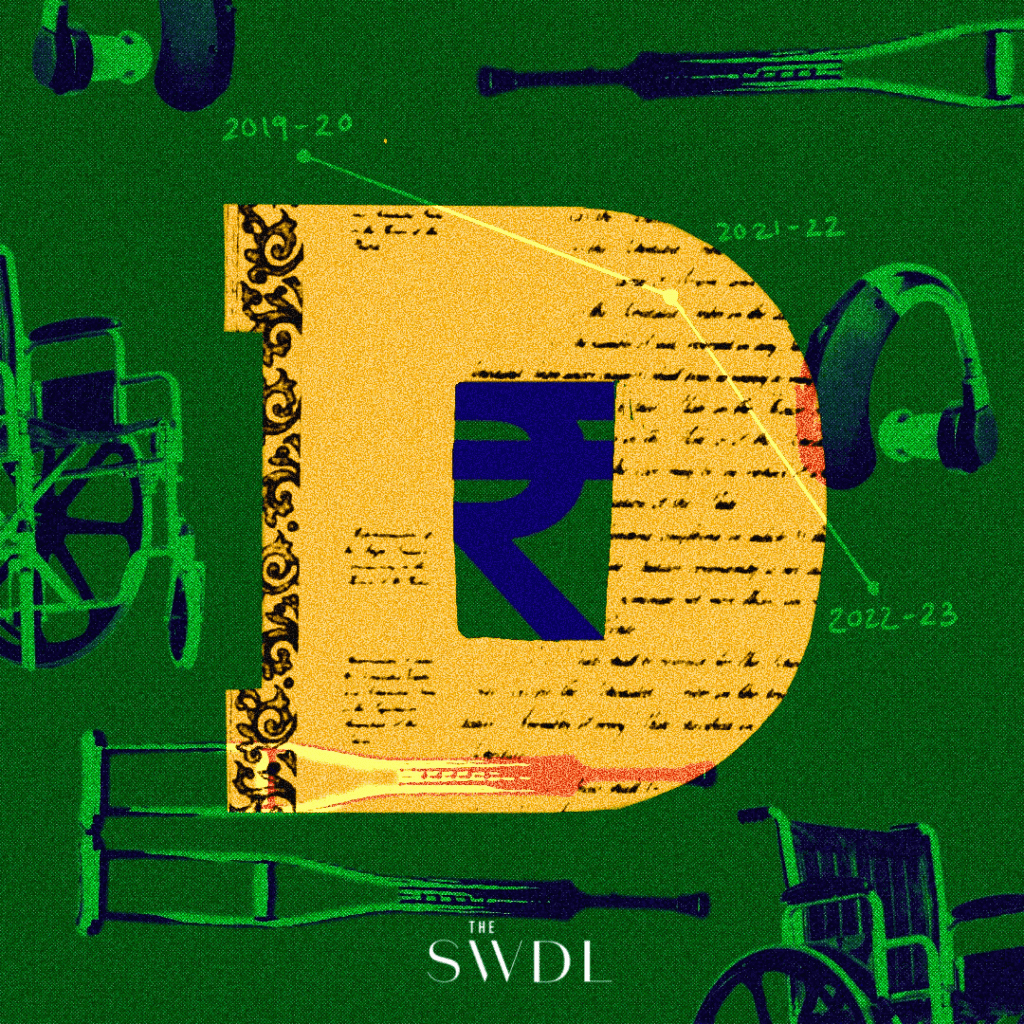

The Equal Remuneration Act of 1976 requires “payment of equal wages for work of the same and similar nature to male and female workers, and for not making discrimination against female employees in the matters of transfers, training, and promotions, etc.” According to the Global Gender Gap Report 2022, however, India ranks 135 out of 146 countries worldwide in terms of gender parity. Although improvements have been made, Covid19 reversed decades of progress. Working women with families were disproportionately affected by the pandemic, split between domestic and professional responsibilities, and forced to choose. Feminist scholars note that the law fails to capture the obstacles which obstruct or prevent this participation. While women's education has expanded significantly, this hasn't necessarily translated into a corresponding increase in paid workforce participation. “A coterie of powerful conservative men would rather protect women than promote them,” feminist economist Shrayana Bhattacharya writes in Times of India. Additionally, employers use reproductive and domestic-based justifications to not hire women or to underpay them, as studies show that domestic duties, conservative social norms, and a lack of flexible work models have led to significantly low female labor force participation rates (LFPR). Moreover, the wording of the 1976 Act is inherently exclusionary to trans and queer individuals.
Following more than a year's worth of protests, the government announced the Farm Laws Repeal Act in November 2021—to the celebration of countless farmers across the country. In mid-2020, the government's introduction of a series of farm laws were met by protests by farmers' organizations nationwide, primarily in Punjab and Haryana. The three bills, which were an attempt to modernize the agricultural process in India, emphasized privatization of the agricultural market. Significantly, women were at the forefront of the protests, as participants and leaders. On International Women's Day in 2021, thousands in mustard-yellow held sit-in strikes against the controversial laws—fighting not only for the source of their livelihood but also for themselves. Nearly 75% of rural women work as full-time farmers but less than 13% own the land they till—this “invisible workforce” demands 33% representation at parliament, for a start.
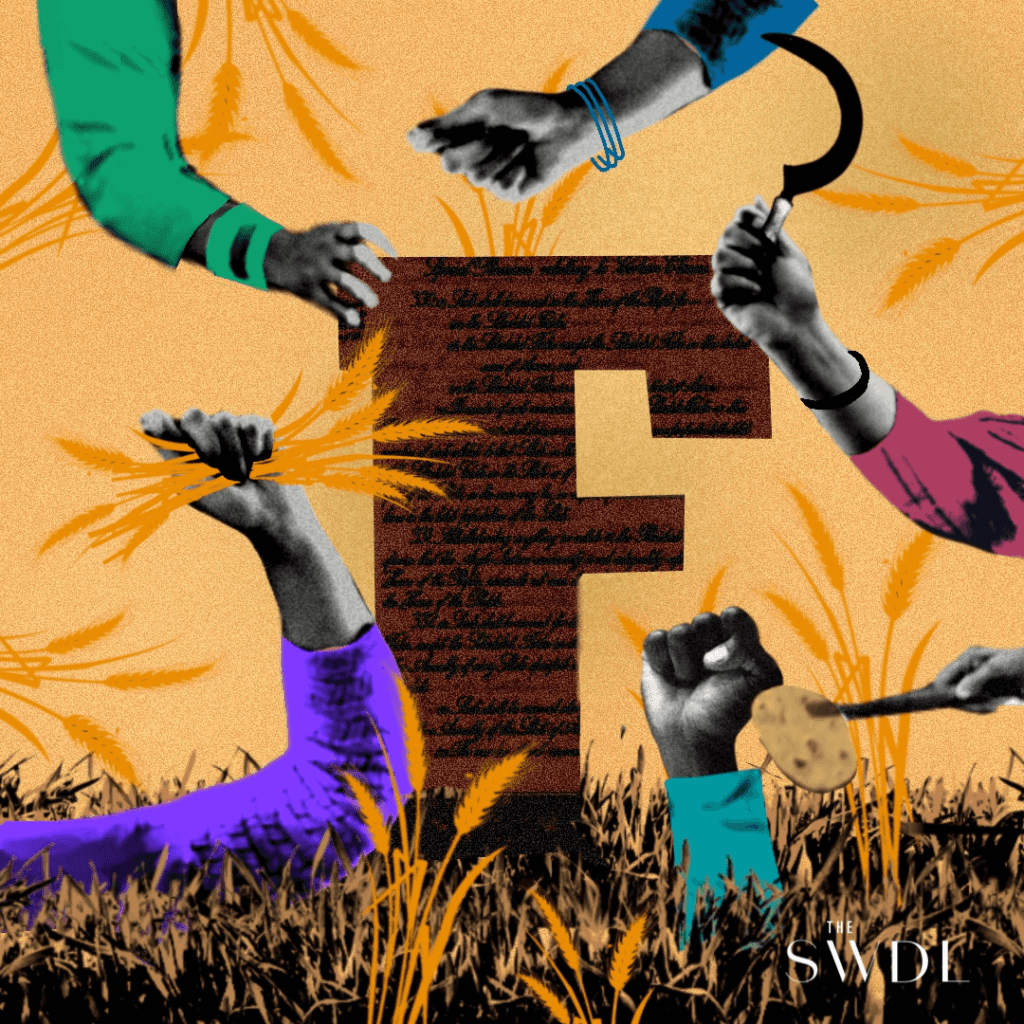

In 1959, India signed the UN's International Genocide Convention, which focussed on suppression, prevention, and punishing of genocide—yet no domestic laws exist to prevent or punish the same. The existence of domestic legislation against murder, hate speech, and crimes against the human body are used to explain this absence, yet these existing laws don't take into account mass killing or specific targeting of ethnic groups based on identity. The International Genocide Convention's definition of ‘genocide' shows that this amount of harm and violence exists on the systemic level rather than just the individual. The Indian Penal Code, being a remnant of colonialism, doesn't have accommodations for mass crimes based on ethnic, religious, linguistic, cultural, or geographical grounds, to name a few.
Under the British, large swathes of people — especially from marginalized castes and Adivasi communities — were defined as “addicted to the systematic commission of non-bailable offences.” While the 1952 Habitual Offenders Act replaced the previous-colonial era Criminal Tribes Act of 1871, the stigmatization of Scheduled Tribes continues—especially on the screen. These historical associations are prevalent 75 years after independence, as members of these groups face alienation and stereotyping by both police and the media, as well as severe economic hardships. Almost 60 million people belong to the Nomadic and Denotified Tribes in India; of these, 269 Denotified tribes lack any special protections, and most are landless.
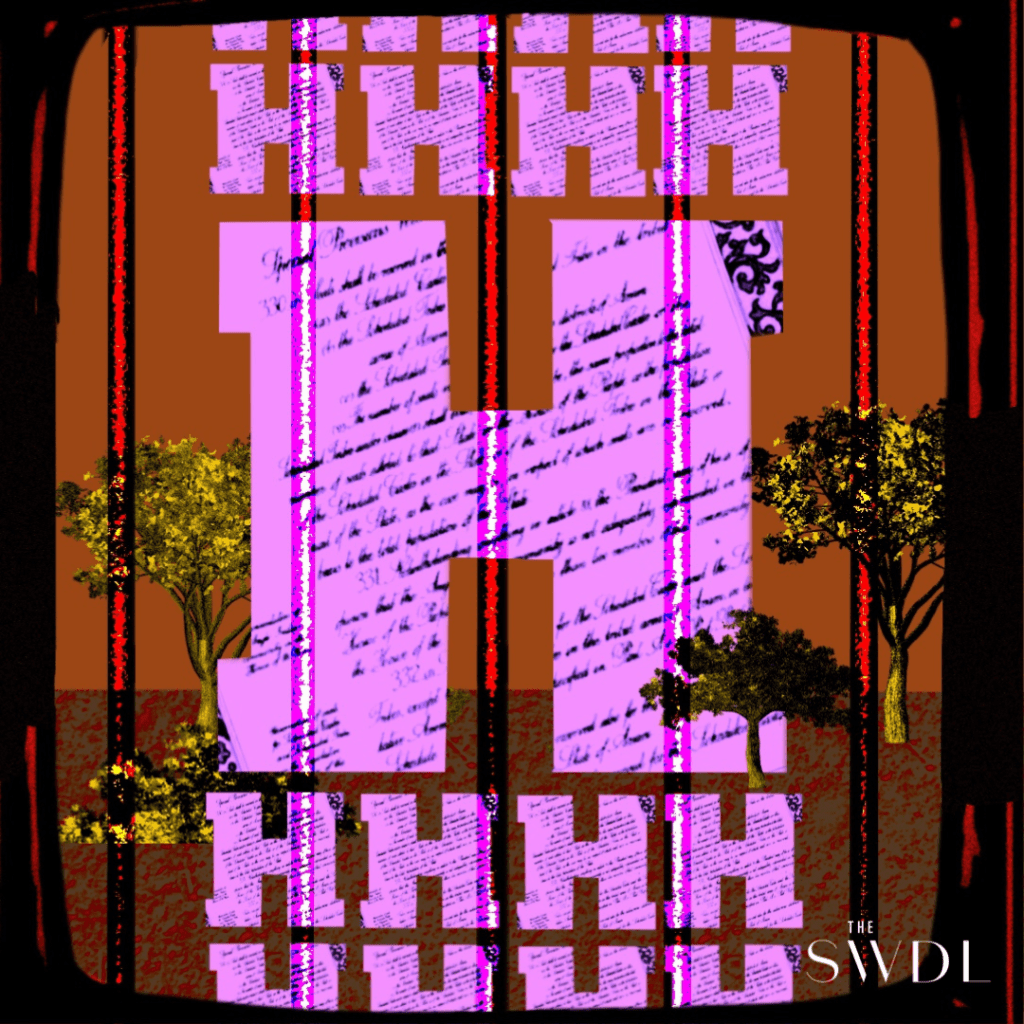
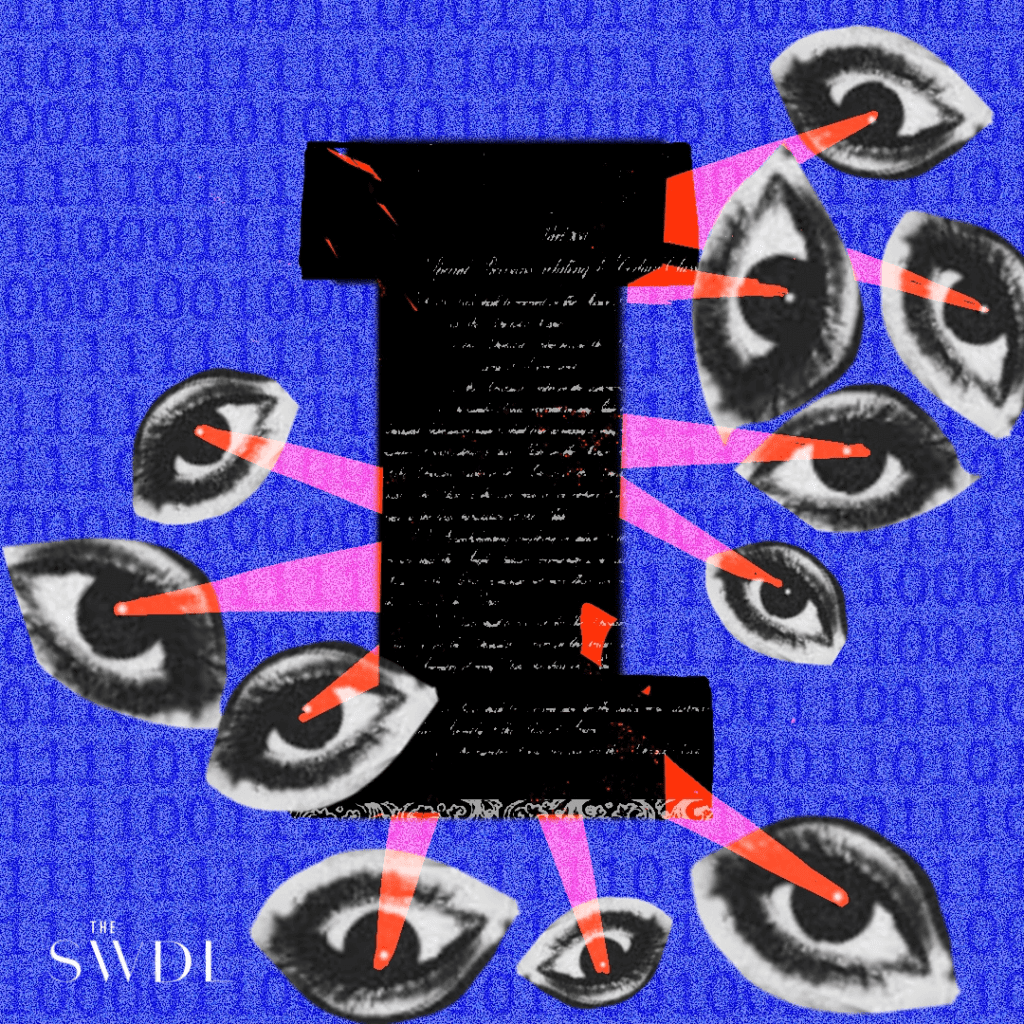
India's primary law tackling cybercrime and dealing with e-commerce was the Information Technology Act of 2000. It laid out penalties for aforementioned cybercrimes, and through a major amendment in 2008, encompassed the sending of “offensive messages” and addressed pornography, child porn, cyber terrorism and voyeurism. Controversially, however, the IT (Amendment) Act 2018 also gave authorities the power of “intercepting or monitoring or decryption of any information through any computer resource.” Internet activists have criticized the amendment for its intrusion into citizens' privacy. Fears of such digital overreach were heightened when reports showed the Indian government relying on NSO Group's proprietary spyware Pegasus to monitor activists and journalists, according to a 2021 Amnesty International report. The IT Act, its ambit, and its application pose important questions about the future of our digital privacy and those who fight for it.
In the aftermath of the 2012 Nirbhaya gang-rape case, the Juvenile Justice (Care and Protection of Children) Act 2015 replaced the previous Juvenile Justice Act of 2000 . Massive public outrage and intense media pressure following the graphic coverage of the trials led to the amendment, under which 16 to 18 year olds involved in Heinous Offenses could now be tried as adults. Heinous Offenses, in this context, are defined as crimes for which the ordinary punishment is a minimum 7 years' imprisonment; rape, murder, and dacoity all fall within this definition. The JJAct's changes spurred debate on the age of conviction for rape, and how young is too young when it comes to trying someone for serious sexual assault. It highlights the role of the media in shaping legislation, especially with public support
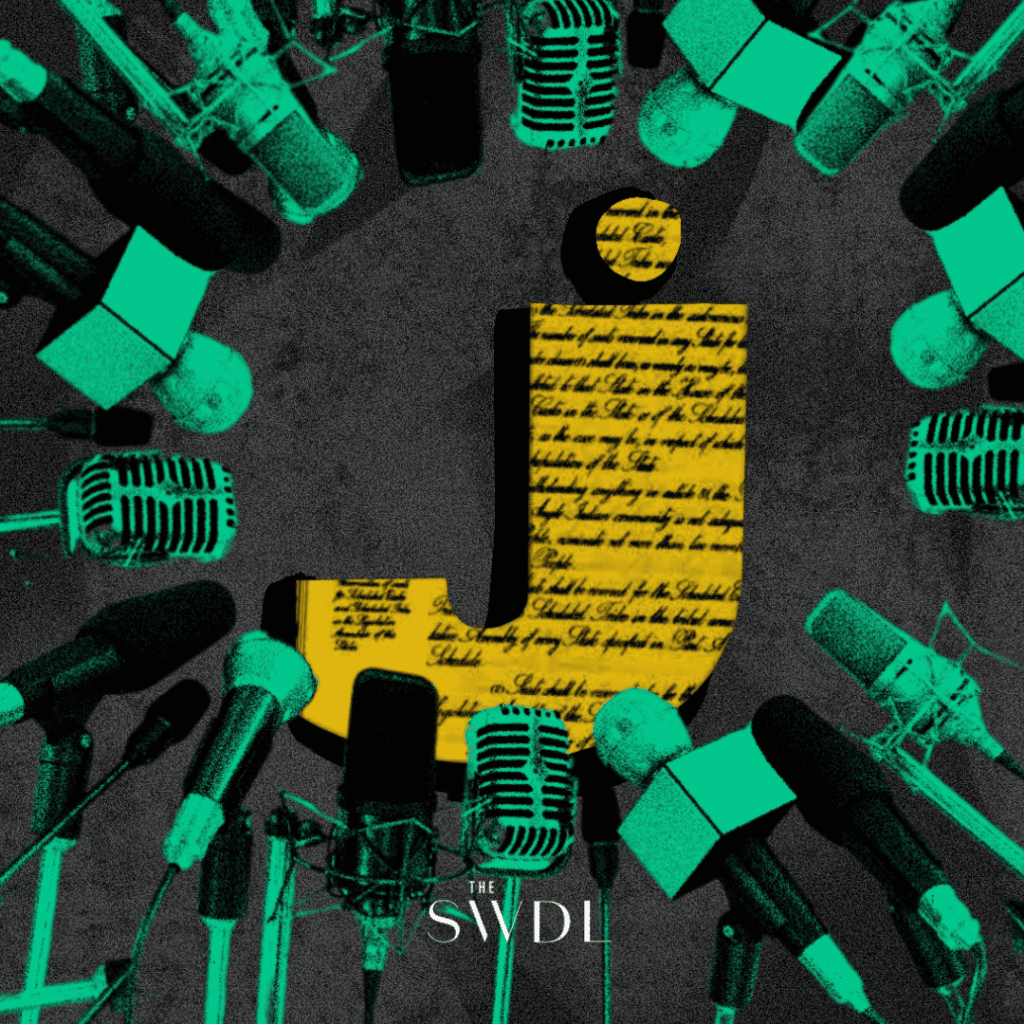
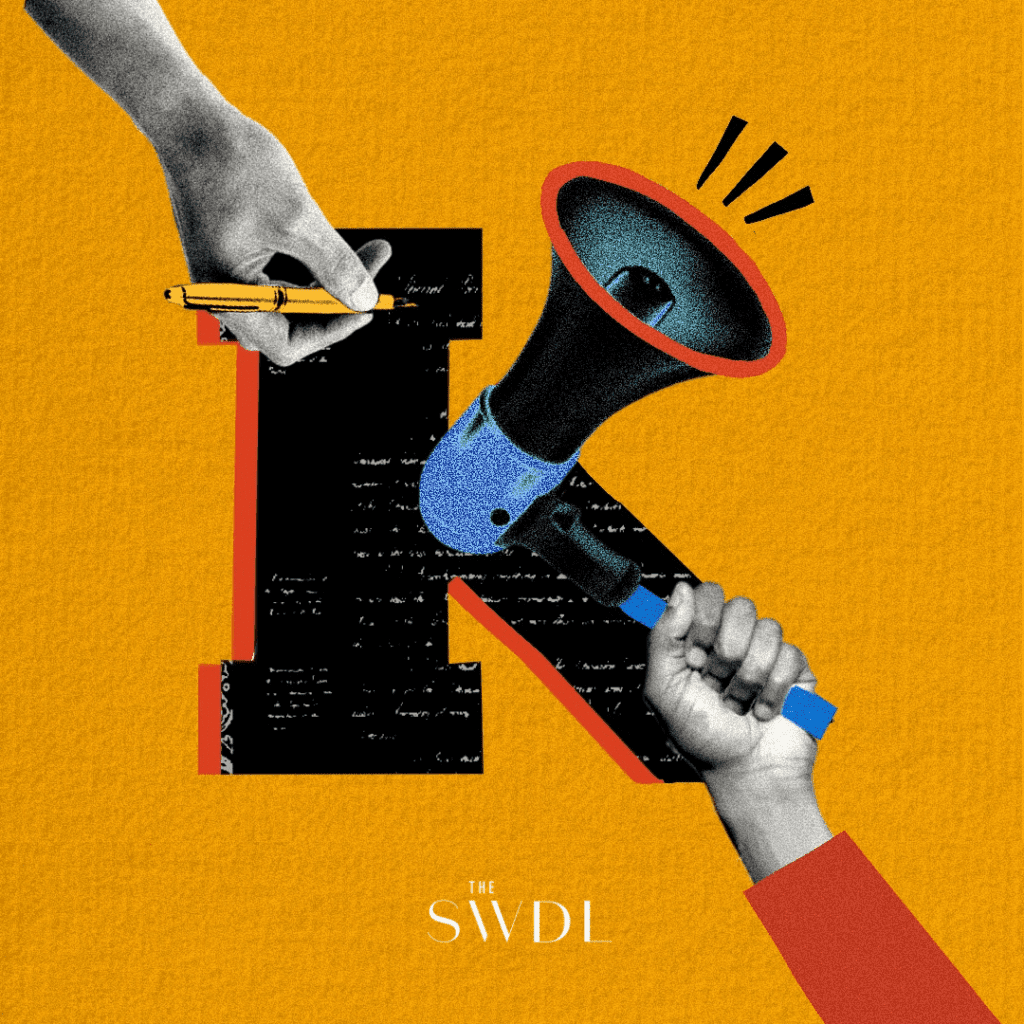
Sedition is a legal instrument that continues to haunt us. The 1962 landmark case of Kedar Nath Singh vs. State of Bihar upheld the constitutionality of the provisions in the Indian Penal Code criminalizing sedition, but it emphasized that any statements is seditious if it “intends to disturb public order or public peace by resort to violence.” This decision was cited in the 2021 case against journalist Vinod Dua, who, in a video, criticized PM Modi and the Centre's handling of the migrant crisis the previous year. While the SC did assure Dua that under the Kedar Nath Singh judgment, “every Journalist will be entitled to protection,” sedition provisions continue to target individuals critical of the Indian government, regardless of the actual consequences of their statements.
In India, the Land Acquisition Act regulates the reclaiming of land for public use. But often in our history, this has been misused repeatedly to manufacture the consent of marginalized communities. At the heart of the law is the principle of eminent domain, the legal right of a government or its agent to reclaim private property, with compensation, for public use— yet it is a gray area in practice. The Nagri Movement in 2012, which involved Adivasi women fighting against the Jharkhand government over the construction of IIM and IIT campuses in Ranchi on traditional lands, is an example of such a conflict. In 2013, the previous colonial-era 1894 Act, was replaced by the Right to Fair Compensation and Transparency in Land Acquisition, Rehabilitation, and Resettlement Act, 2013. As the name suggests, it lays out fair compensation and transparency to the process of land acquisition, but even post-enactment, this has disproportionately affected those who can't fight back against misuse of the law. “The Government cannot act as a ‘robber' of citizens' lands,” the Karnataka High Court said, in response to a land acquisition case where a couple wasn't compensated for their land by the Karnataka Industrial Area Development Board since 2007.
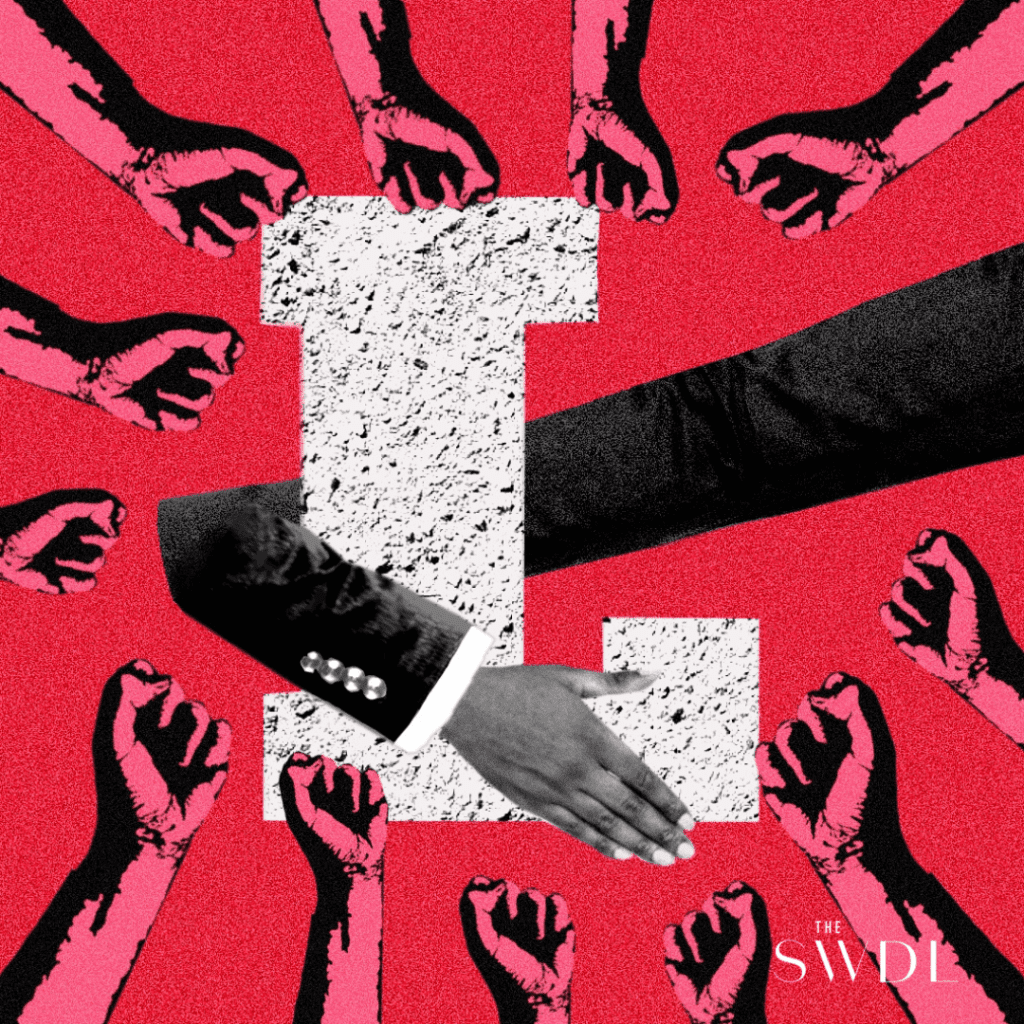
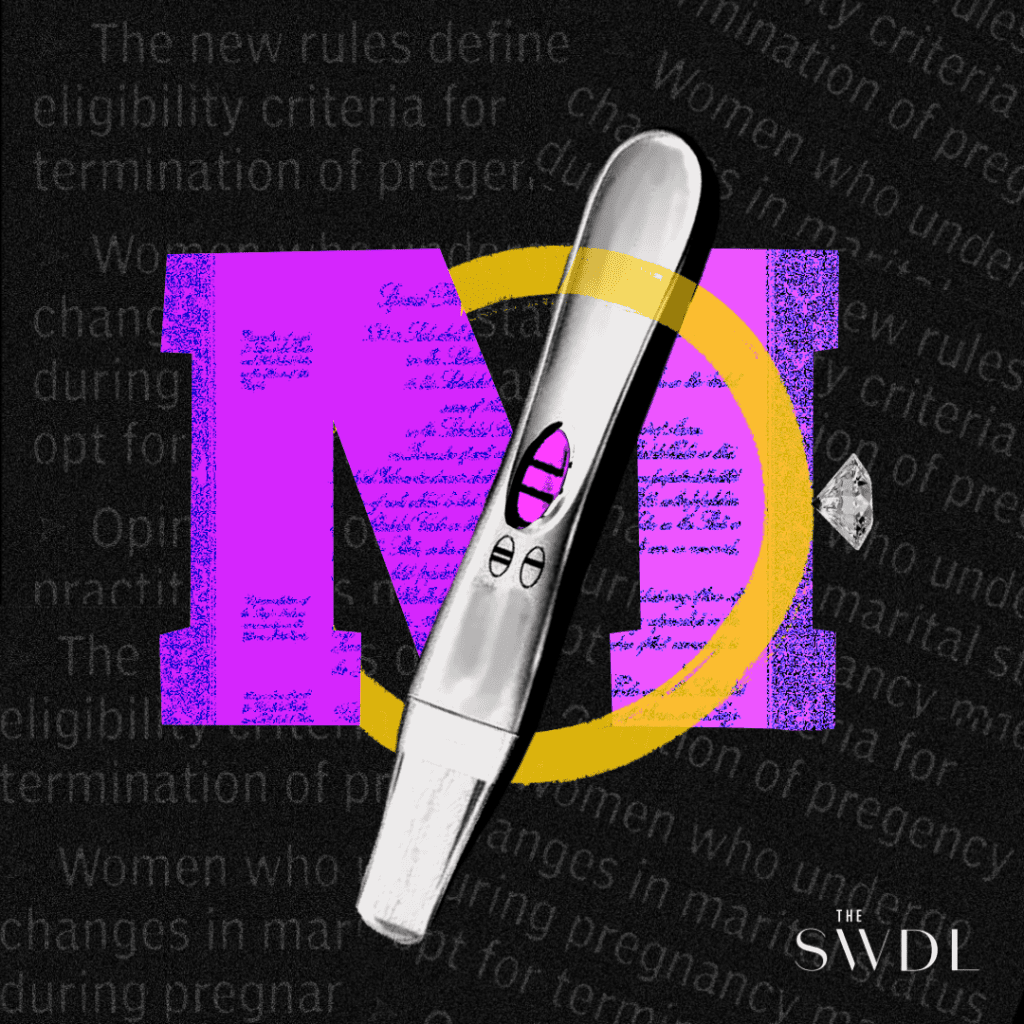
The Medical Termination of Pregnancy (Amendment) Act, 2021 is seen as a progressive legislation for reproductive rights in India, which recently extended the window for termination of a pregnancy from 20 to 24 weeks in case of severe foetal abnormalities or survivors of sexual assault. Services such as therapy, social care, and rehabilitation, among others have been expanded as well, and patient confidentiality is guaranteed. Besides, the Act now guarantees the procedure for unmarried women too. Yet, the Act fails to include trans men and requires those seeking abortions after 20 weeks to have at least two doctors' approval. For those seeking abortions after the 24-week limit, a state-level medical board determines the outcome of the request based on whether there are foetal abnormalities or not. The hurdles of bureaucracy women must overcome to have abortions show that this Act isn't fully a rights-based law yet, because it doesn't center the individual's agency and bodily autonomy.
The 1985 Narcotic Drugs and Psychotropic Substances Act prohibits a person from producing/manufacturing/cultivating, possessing, selling, purchasing, transporting, storing, and/or consuming any narcotic drugs or psychotropic substances. It extends not only to residing Indian citizens, but also to those outside of India and those on registered ships and aircrafts. Until 1985, the use of cannabis was commonplace throughout the country, especially with its prominence in the subcontinent since at least 2000 BCE. The NDPS was enacted following the United States' campaign against drugs in the 1960s and the subsequent pressure it placed on other countries to follow suit. With a minimum of 6 months punishment and a fine of Rs. 10,000, the NDPS is seen as “draconian” by many — activists note it has a disproportionate effect on the poor and has increased the stigmatization of people with substance use disorder. According to the former commissioner of the Central Bureau of Narcotics Romesh Bhattacharji, “This law [NDPS Act] has been victimising people since 1985”.

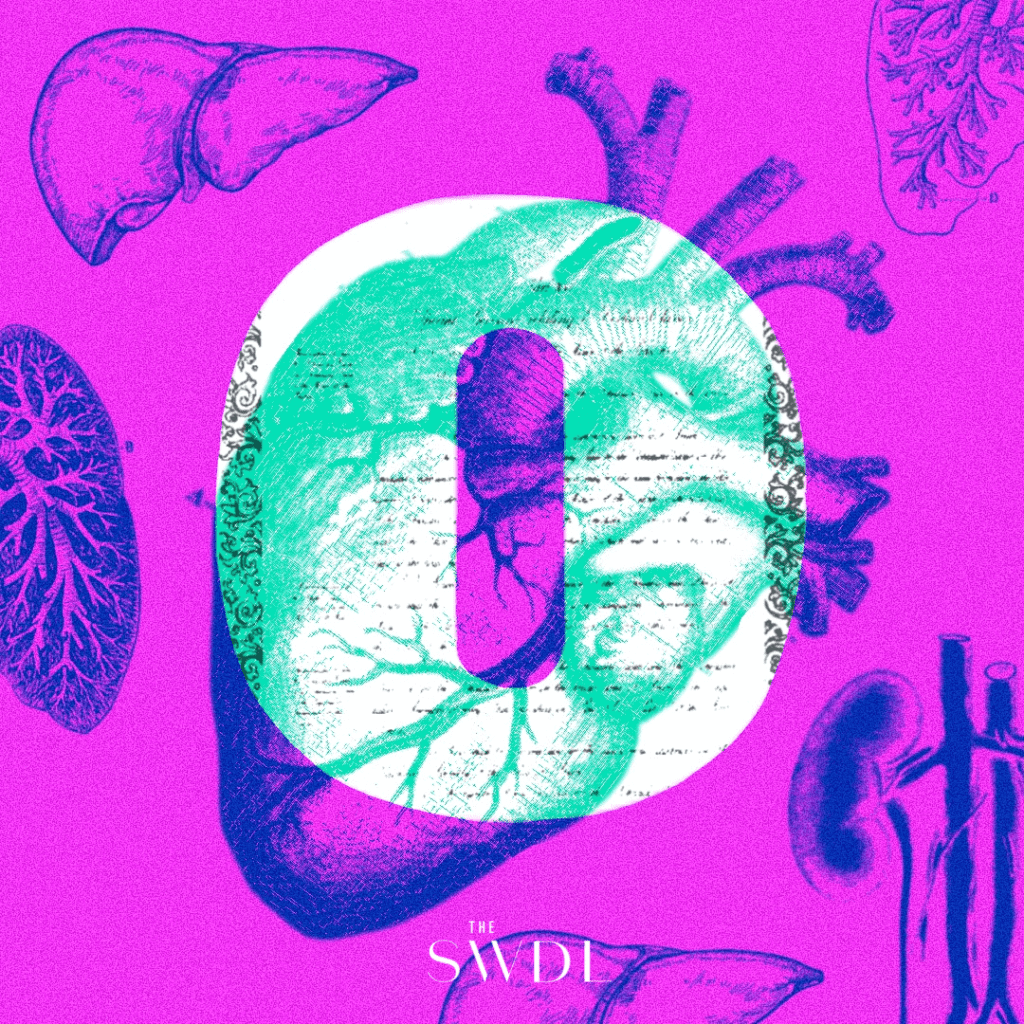
The 1994 Transplantation of Human Organs and Tissues Act was enacted to curb rampant, unsafe organ trading nationwide. Under the Act, the process for organ donation was streamlined—yet India continues to face a shortage in donations. There is much documentation of exploitation, especially by rich and/or upper caste individuals, of poor and/or lower caste individuals in the illegal organ trade, despite commercial sale being prohibited by law. There are obstacles on the receiving end as well—at times, the donor's criminal antecedents or other identity-based factors can be the deciding factor for many would-be recipients, with prejudice playing a significant role in the decision. With an already alarmingly low number of organs available and rising demand, abandoning these biases is crucial. “Let organ donation become a path breaker for communal harmony,” the Kerala High Court said, in one such case.
Under the Police Act, officers face 3 months' imprisonment and a salary penalty of 3 months for misconduct, brutality, and/or custodial violence. Decades after independence, there are still no laws in place to effectively curb custodial violence, nor is there formal legislation ensuring justice for those victims of police violence. The Mathura case in 1972 was one such infamous example, where police constables who were accused of raping a 16-year-old Adivasi girl, Mathura, in custody were acquitted. Since then, custodial rape has been recognized as a distinct crime with its own punishment through the Criminal Law Amendment Act, 1983. However, a majority of deaths in police custody continue to occur primarily due to torture. The deaths of Jayaraj and Bennicks from Thoothukudi in 2020 are among the most recent examples.
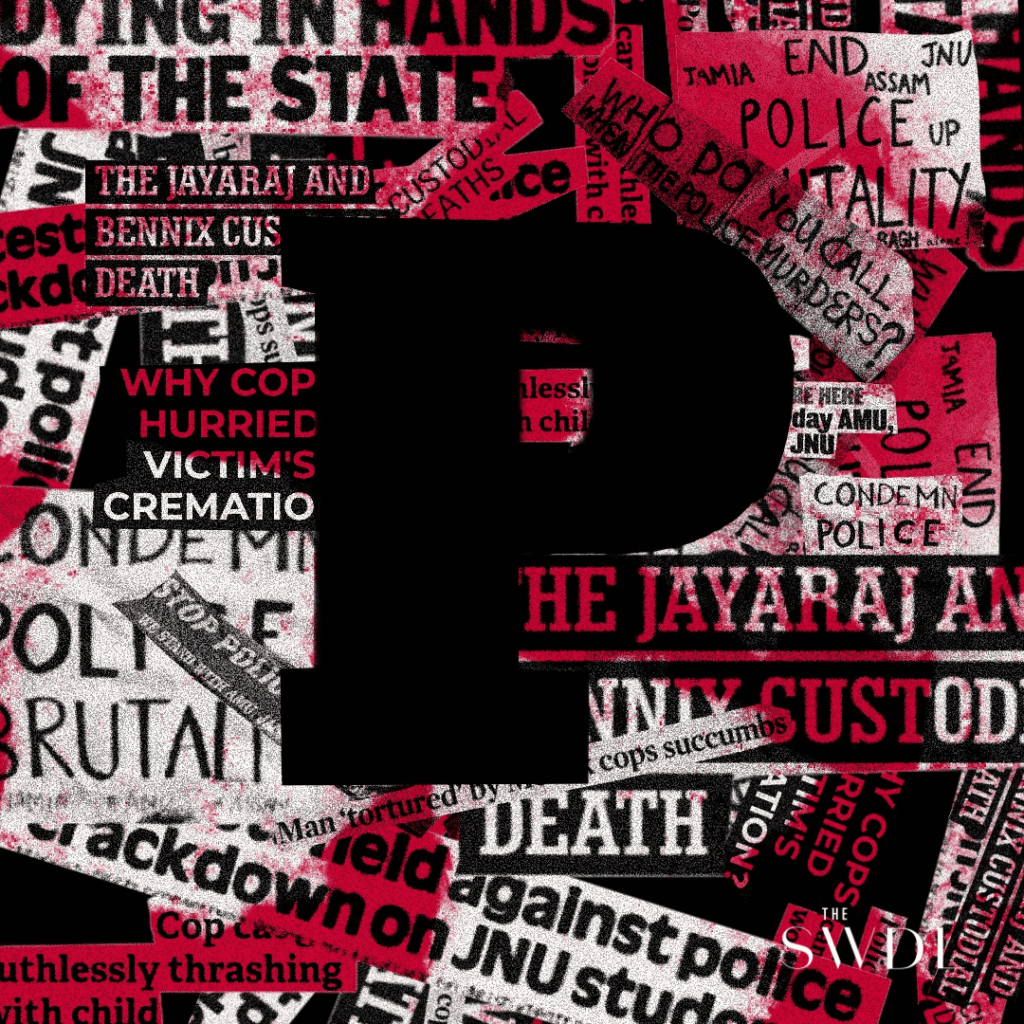
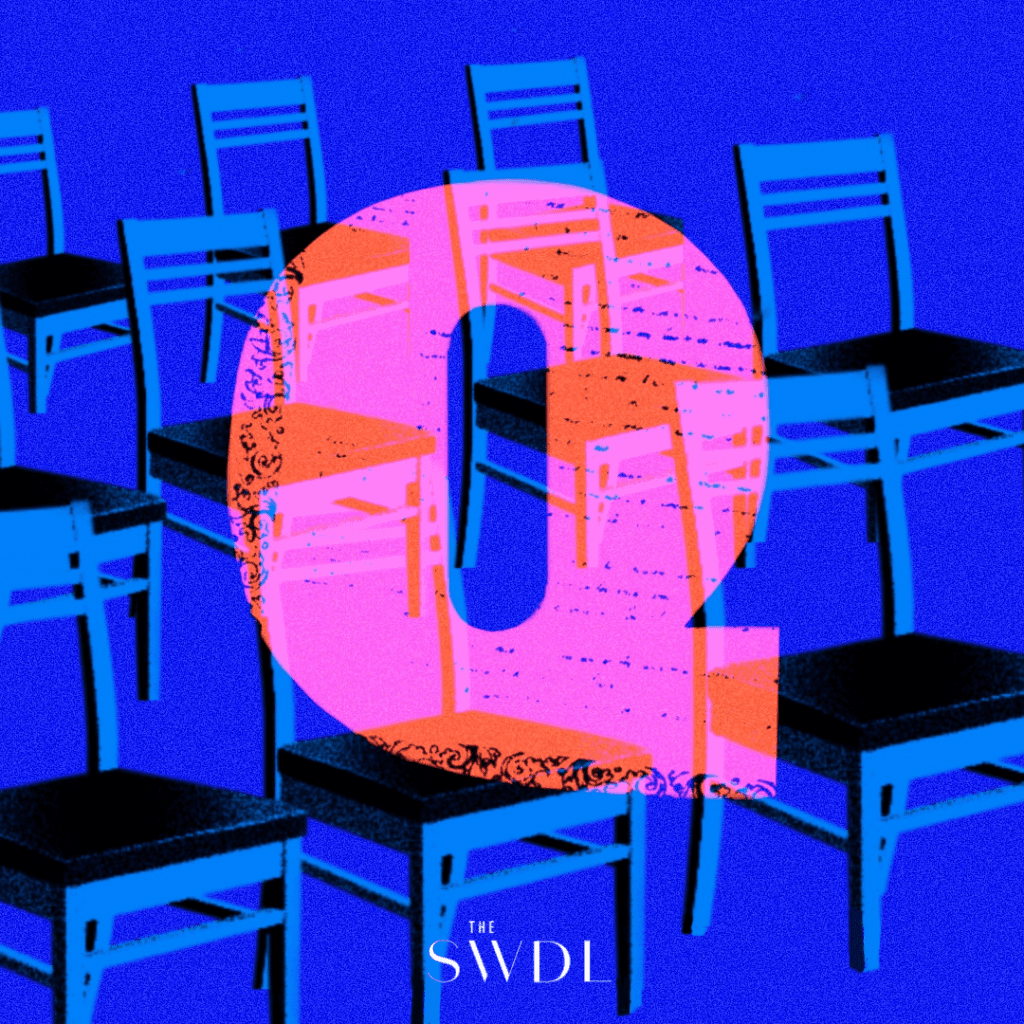
The constitutional amendment to reserve 10% of seats in education and employment for those in the “Economically Weaker Sections (EWS) of society was upheld by the Supreme Court in November 2022. While the BJP government called it “a big boost in the direction of social justice,” activists have criticized the move, calling it discriminatory to Dalits and other marginalized communities. They point out that it is social background — like caste — that differentiates access to jobs and schools, not economic status. EWS are defined as ‘households from un-reserved categories with an annual family income of less than Rs. 800,000 a year, or who own less than five acres of agricultural land' and make up about a quarter of the population. By comparison, the communities with Other Backward Classes (OBC) status make up 52% of the population, according to many estimates, but only have 27% reservation. The EWS quota, then, further alienates communities who have historically faced systematic barriers to employment and education.
Citizens may request information from a “public authority” under the 2005 Right to Information Act, which they are entitled to receive within 30 days. This Act requires the computerisation of records by all public authorities for efficient and widespread dissemination, and proactive publishing in certain categories. While not included in the Constitution, it is considered to be a fundamental right due to its implicit protection of Article 19(1)(a) Right to Freedom of Speech and Expression and Article 21 Right to Life and Personal Liberty. However, several factors hinder this process: firstly, the bureaucratic filing requirements are too complex for ordinary citizens, making access to information significantly difficult or even impossible for those without the access to higher education or even digital literacy. Additionally, citizens can get blacklisted from access altogether—the Gujarat Information Commission reportedly barred nine citizens from filing applications between 2020-2022. Journalists that do use the RTI are subject to intimidation, violence, and even death—in November 2021, Buddinath Jha was killed for ‘exposing' illegal medical clinics in his home village, which resulted in fines and actions against these private clinics.
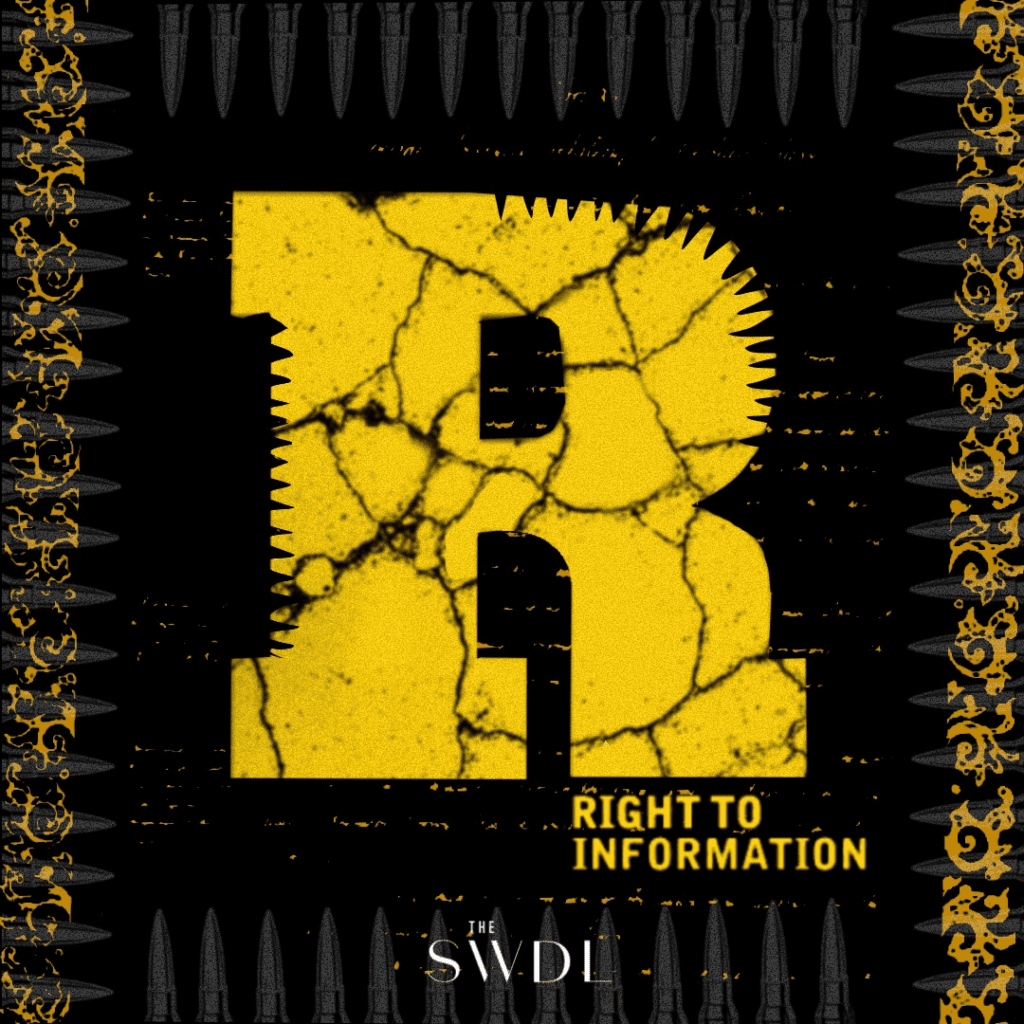

The Scheduled Caste and Scheduled Tribe (Prevention of Atrocities) Act of 1989 was enacted to prevent atrocities and hate crimes against individuals from Dalit, Bahujan and Adivasi communities. The necessity for such an Act is clear; even in the 21st century, the prevalence of systemic discrimination against members of the SCs and STs “is not a thing of the past.” Even with multiple amendments and additions over the decades, however, the SC/ST Atrocities Act is lacking in both execution and enforcement, and has glaring loopholes. Crucially, it only criminalizes individuals but not institutions, many of which are responsible for implementing the Act. In the case of the higher education suicides taking place at IIMs, IITs, and NITs throughout the country, activists have begun to draw attention to how institutional systems are complicit in caste discrimination and exclusion. With low conviction rates, the implementation of the SC/ST Act remains unsure.
Under the 2019 Transgender Persons (Protection of Rights) Act, trans individuals have the right to self-identify through registration on the National Portal for Transgender Persons—yet this process is mired in bureaucracy and can take months, and puts a disproportionate burden on trans individuals to acquire documentation through district magistrates affirming their identities. A majority of the delays are due to district magistrates not following the procedure laid out in the TPPRA and demanding extra proof, for which many trans individuals are required to return to the schools or homes they might have fled. The TPPRA is also “based on the underlying assumption of biological determinism,” as critics note, and the punishment for violence—especially sexual violence—against trans women is significantly lower compared to violence against cis women.
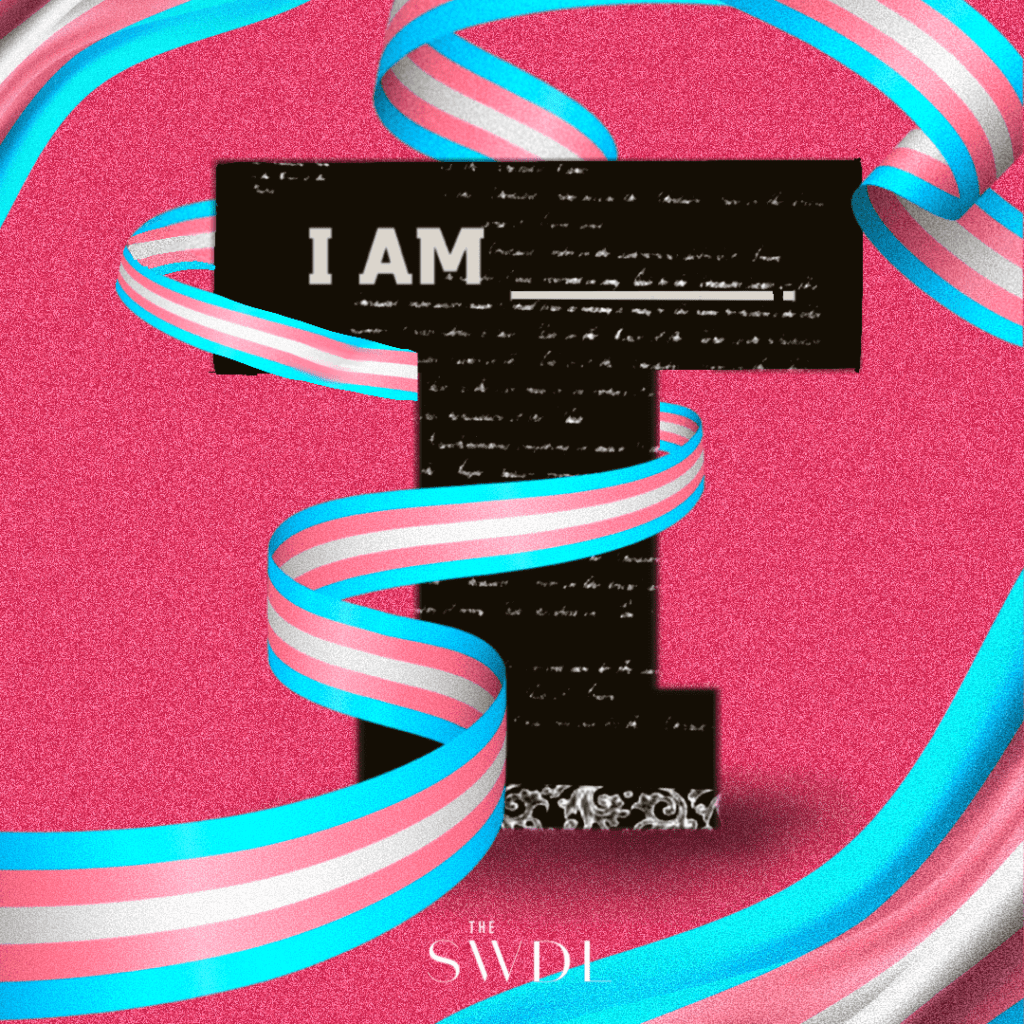
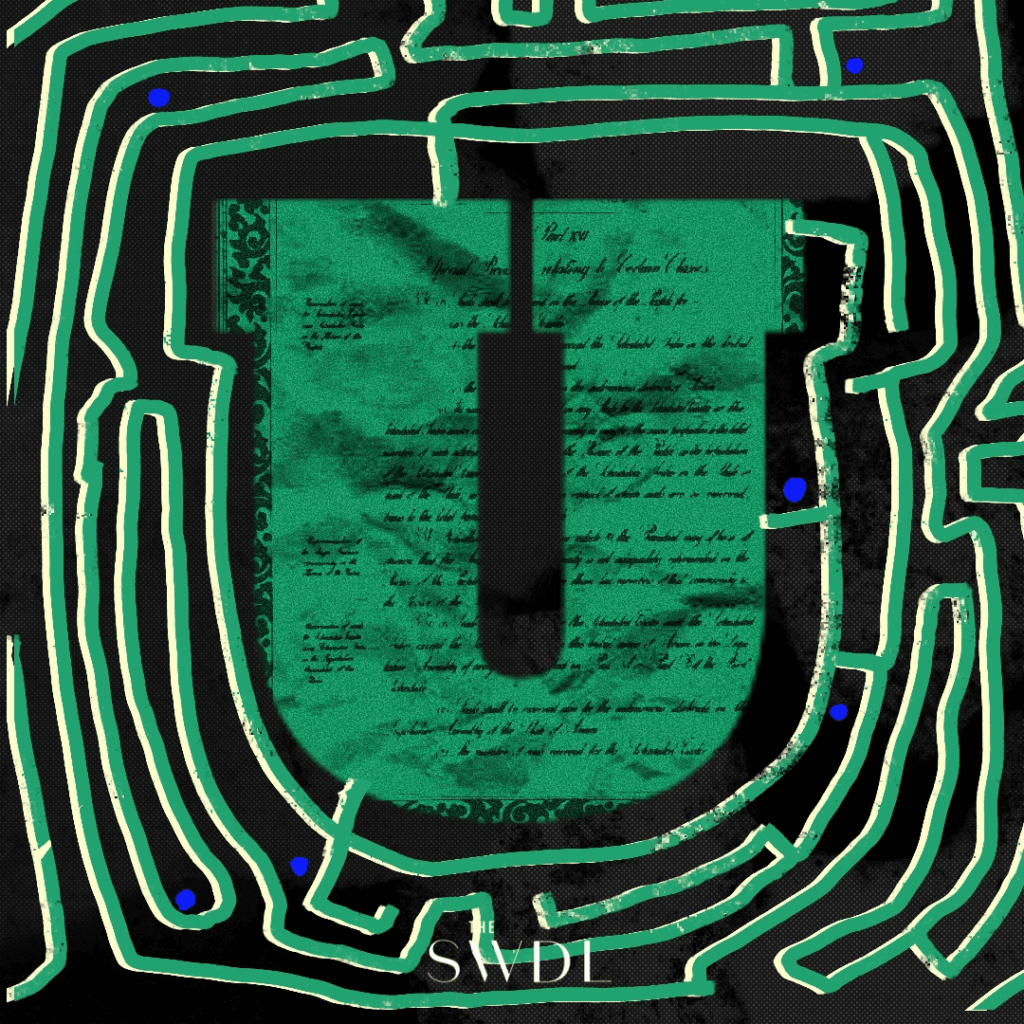
The primary goal of the Unlawful Activities (Prevention) Act of 1967 is to prevent activities directed against the “integrity and sovereignty” of India. Under its most recent Amendment in 2019, the Union Government can designate individuals as terrorists without following any formal judicial process. This “Anti-terror” law, as it is known colloquially, is noted to contravene several articles of the Universal Declarations of Human Rights and the International Covenant on Civil and Political Rights. Between 2014 and 2020, more than 10,000 individuals have been arrested under the UAPA, including academics, journalists, and activists. Tribal and Dalit rights activists and trade unionists like Sudha Bharadwaj and Surendra Gadling arrested for allegedly inciting the 2018 Bhima Koregaon violence are prime examples.
India's first legal procedural guidelines for sexual harassment in the workplace, the Vishaka Guidelines of 1997, were due to a Kumhar woman. Employed as a grassroots social worker under the Women's Development Project in 1985, Bhanweri Devi took up a multitude of issues in her village, including literacy, health, and access to water. She was raped and socially ostracised for attempting to stop the marriage of a nine-month-old daughter of an upper caste man. After this, NGOs and women's rights activists filed a PIL to enforce the fundamental rights of working women, leading to the Supreme Court enumerating the Vishaka Guidelines. To this day, it is seen as a significant victory for women's groups in India and is the basis for the 2013 Prevention of Sexual Harassment at the Workplace (POSH) Act. Unfortunately, however, the International Labour Organization (ILO) reported that few Indian employers complied with these guidelines.


Enacted in 1972, the Wild Life (Protection) Act provides for “the protection of wild animals, birds and plants; and for other matters connected therewith or ancillary or incidental thereto.” It extends throughout India and with the 2002 Amendment, the punishments and penalties under the Act became more stringent. There are criticisms against the Act, however: first, that it did very little to actually promote the conservation of the species listed; second, it penalizes scientists by making access to these animals for research purposes a prohibited and fineable offense. Due to the way animals are categories in the WLPA, wild pig and niglai—species which are both common and actively harmful to fisherman, farmers, and forest dwellers—are listed as Schedule 2 and have a massive economic and psychological cost on these communities. Thus, the Act disproportionately affects rural populations who have traditionally and historically relied upon their environments for life.
2022's Diwali was different in many ways due to the ban of firecrackers throughout the country. Under the Explosives Act, the Central Government has the power to “prohibit the manufacture, possession or importation of especially dangerous explosives.” It has been used in counterterrorist action, for example. The banning of firecrackers in New Delhi, Mumbai, Haryana, and Kerala under the Act, however, was justified as an anti-pollution measure. Petitioners, who claimed that the last minute ban adversely affected their livelihood, brought the issue to the Supreme Court, who told them to “[L]et people breathe clean air … spend your money on sweets.”
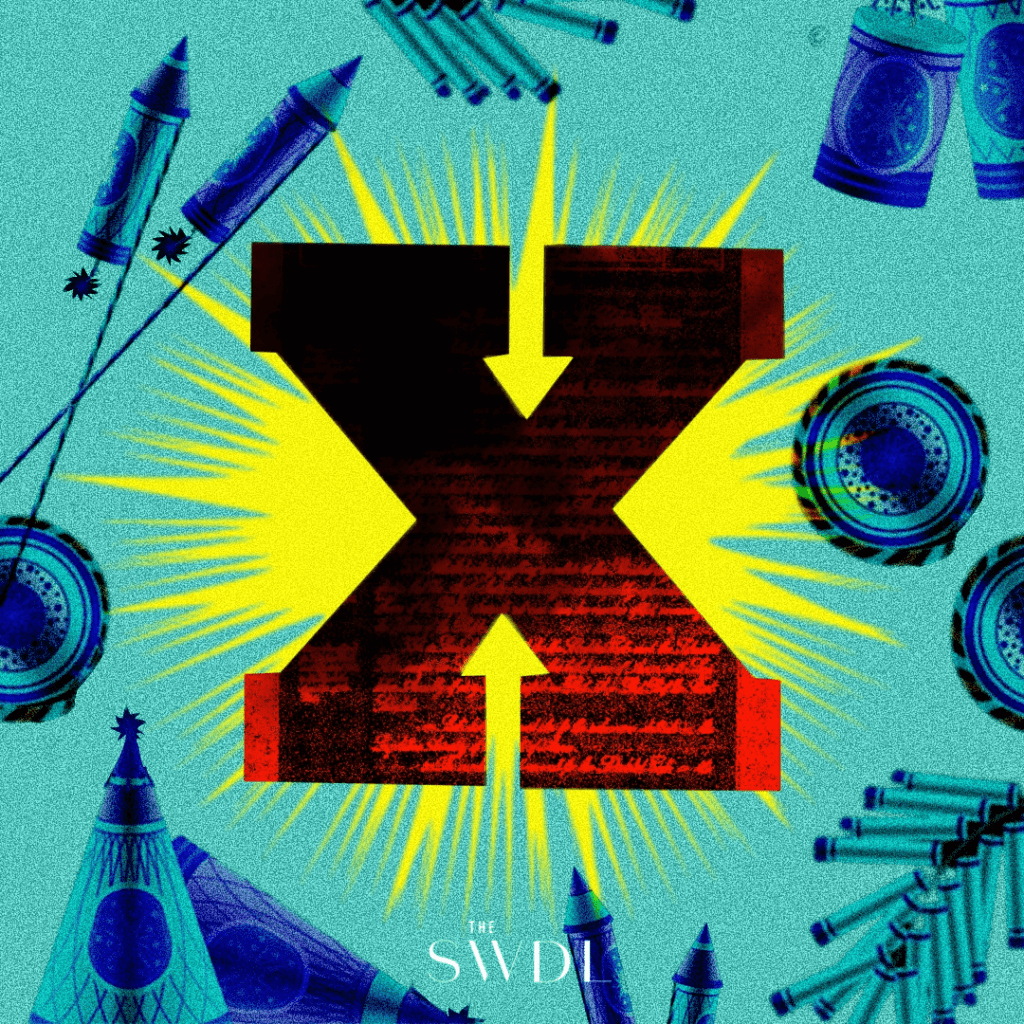

The Young Persons Harmful Publication Act of 1956 prevents the dissemination of items supposedly “harmful” items to the youth, or those below 18 years. While this Act applies to publications like “books, magazines, pamphlets, leaflets, newspapers, and the like”, a 2014 police raid in Kerala targeted shops selling Bob Marley shirts, stating that they encouraged young people to consume drugs. The shopkeepers were charged under this law, which defines a harmful publication as one that “tends to corrupt a young person” through images of “violence and cruelty” or “incidents of a repulsive or horrible nature.” Under this Act, protection of young peoples' morals is used to justify censorship.
Following the 2012 Nirbhaya case, the Zero FIR was introduced to Indian criminal law. Free from the bureaucracy that comes with standard FIRs, these Zero FIRs ensure that in rape cases, for example, due process is followed by police in an efficient and timely manner, and that the report is transferred to the police station with the relevant jurisdiction to investigate. However, when it comes to implementation, few police stations and personnel follow through with this process. Not only has it become a “political football” for police and politicians, the question over jurisdiction is also relevant. Instead of being used for its intended purpose, the Zero FIR is often used as a political maneuver. The 2022 Deoghar Airport incident is a prime example, where in return for a BJP MP's alleged threatening by Jharkhand police, a Zero FIR was filed against the Deoghar's deputy commission by Delhi Police.
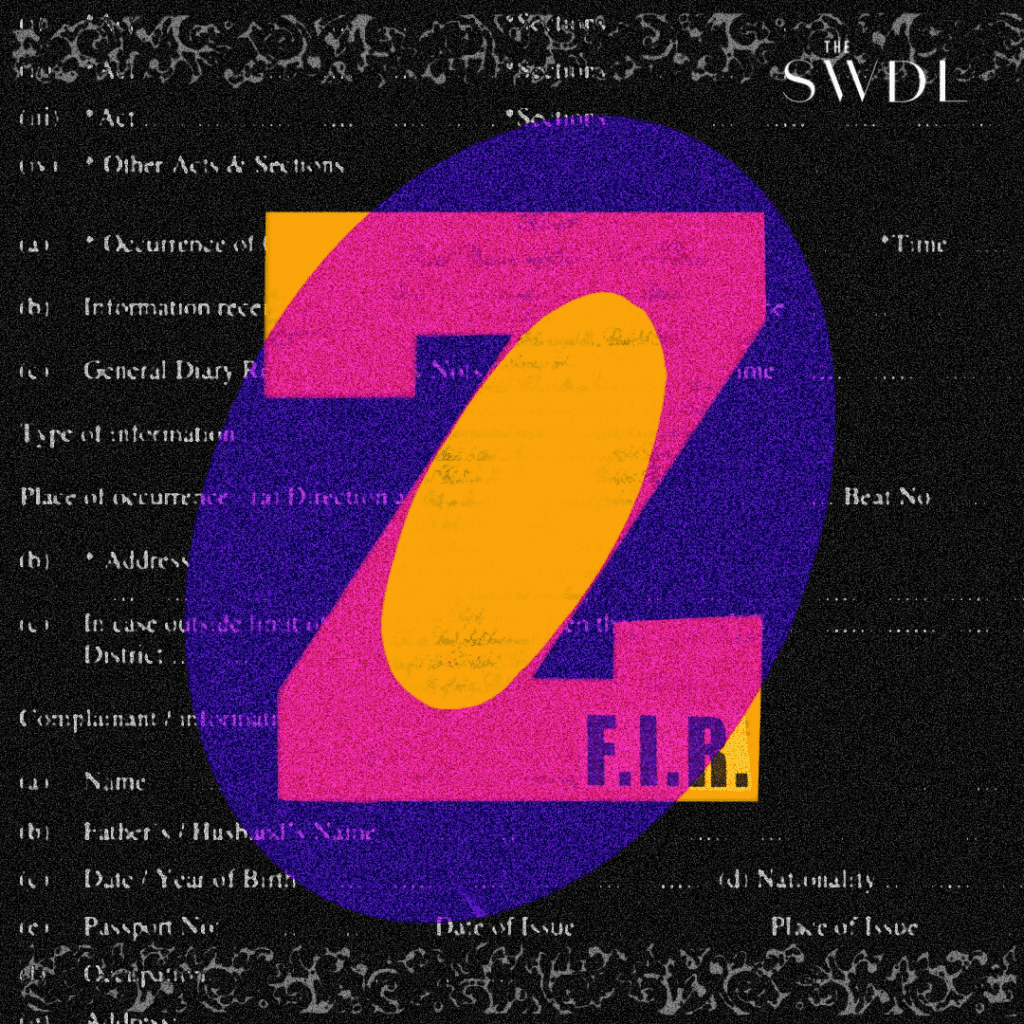
Blurbs by Akankshya Bahinipaty.
This “Eyes on Trafficking” story is reprinted from its original online location.
Fair Use Notice: The PBJ Learning Knowledge Vault is dedicated to advancing understanding of various social justice issues, including human trafficking and related topics. Some of the material presented on this website may contain copyrighted material, the use of which has not always been specifically authorized by the copyright owner. We are making such material available in our efforts to promote education and awareness of these important issues. There is no other central database we are aware of, so we put this together for both historical and research purposes. Articles are categorized and tagged for ease of use. We believe that this constitutes a ‘fair use' of any such copyrighted material as provided for in section 107 of the US Copyright Law. In accordance with Title 17 U.S.C. Section 107, the material on this site is distributed without profit to those who have expressed a prior interest in receiving the included information for research and educational purposes. For more information on fair use, please visit: “17 U.S. Code § 107 – Limitations on exclusive rights” on Cornell Law School's Legal Information Institute.
 ABOUT PBJ LEARNING
ABOUT PBJ LEARNING
PBJ Learning is a leading provider of online human trafficking training, focusing on awareness and prevention education. Their interactive Human Trafficking Essentials online course is used worldwide to educate professionals and individuals how to recognize human trafficking and how to respond to potential victims. Learn on any web browser (even your mobile phone) at any time.
More stories like this can be found in your PBJ Learning Knowledge Vault.
EYES ON TRAFFICKING
This “Eyes on Trafficking” story is reprinted from its original online location.
ABOUT PBJ LEARNING
PBJ Learning is a leading provider of online human trafficking training, focusing on awareness and prevention education. Their interactive Human Trafficking Essentials online course is used worldwide to educate professionals and individuals how to recognize human trafficking and how to respond to potential victims. Learn on any web browser (even your mobile phone) at any time.
More stories like this can be found in your PBJ Learning Knowledge Vault.
